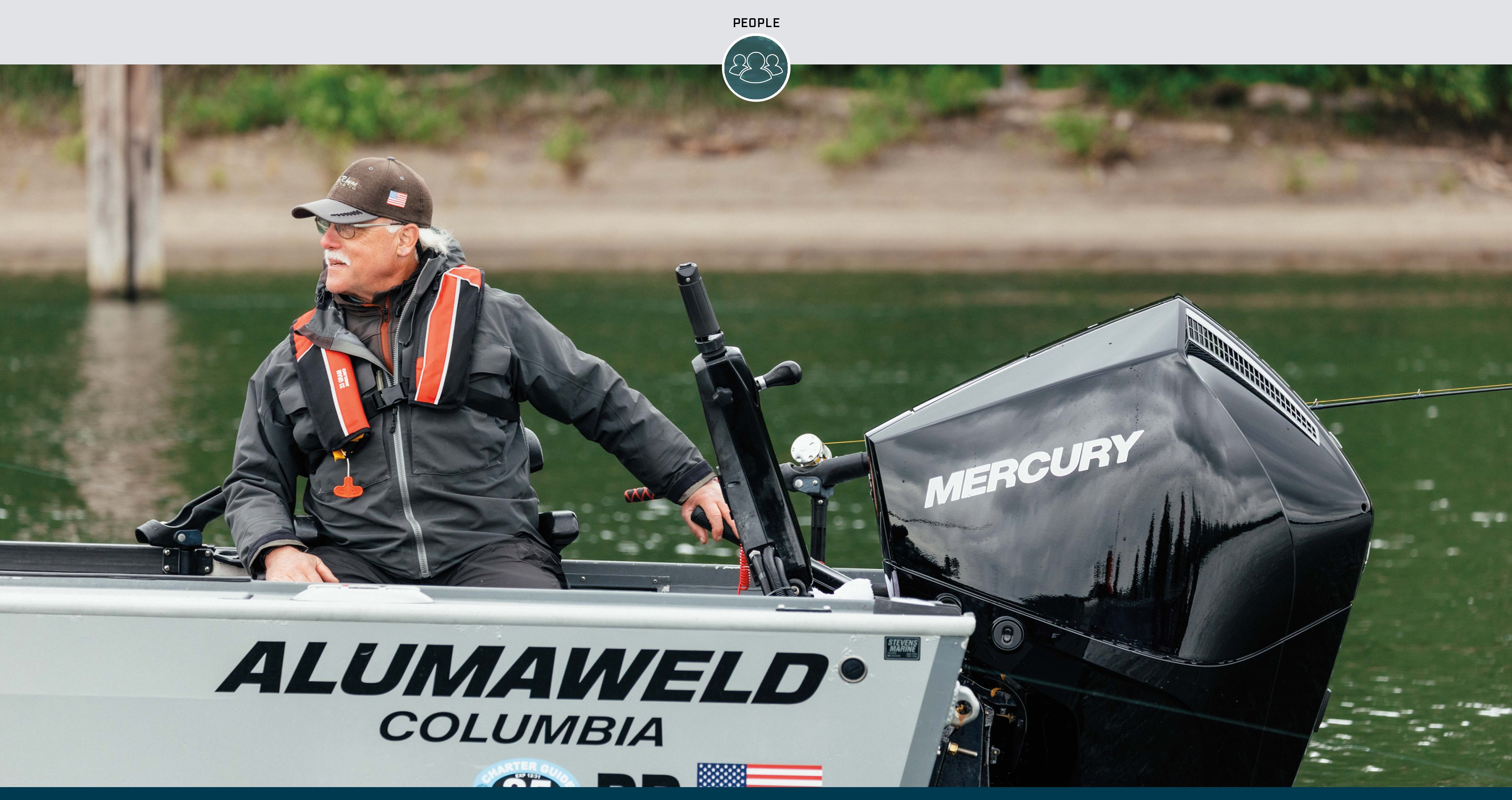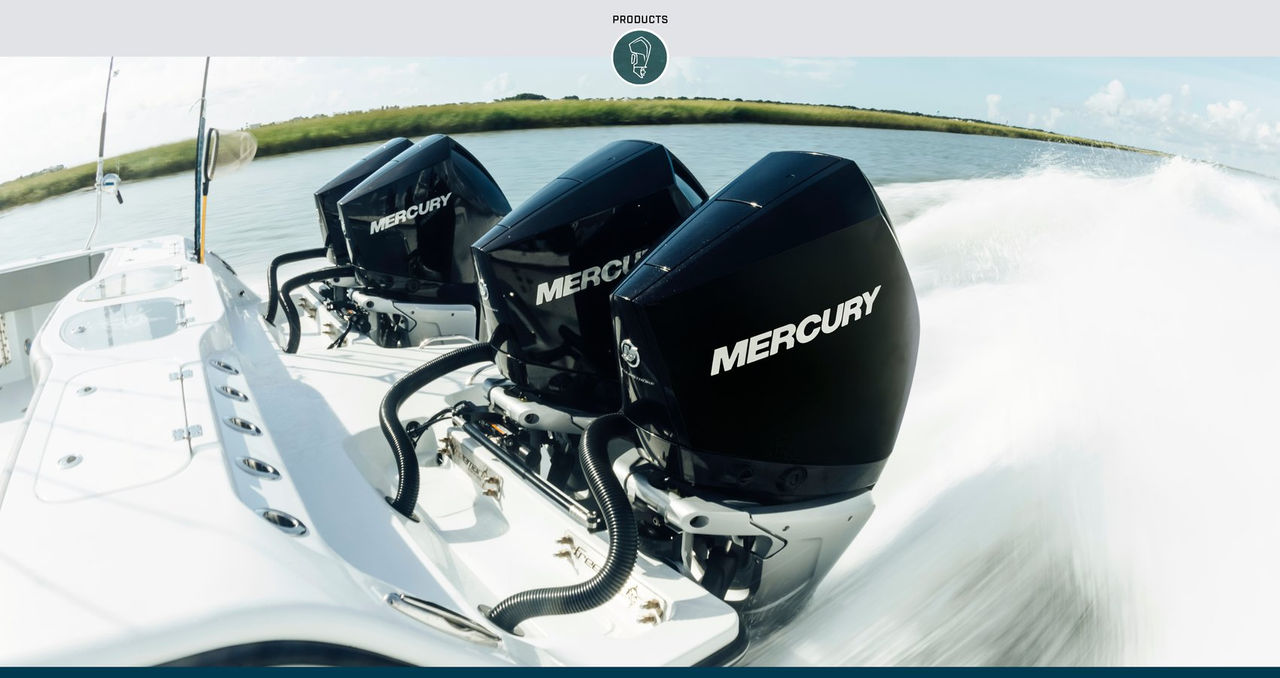This blog is by Mercury Pro Team member Capt. Mike Genoun. An accomplished educator and renowned seminar speaker, Genoun is the host of “Florida Sport Fishing TV.” He runs a 39-foot SeaVee® powered by triple Mercury 400hp Verado® outboards.
Mercury Verado outboards have been my choice of power since the launch of “Florida Sport Fishing TV” more than a decade ago. From the very beginning, I’ve opted for a triple-engine configuration aboard my 39-foot SeaVee, as the combined 1,200 horsepower provide me the perfect balance of performance and efficiency. And since the very beginning, a common question has arisen from people who’ve seen the show: “How do you operate three outboards with only two shift levers?”
Truthfully, it’s easy to see why people are curious. Yet, the answer is simple. Control is easy with the Mercury Digital Throttle & Shift (DTS) system, which includes an intuitive dual-lever engine control unit packed with innovative features designed to make any boater a confident and safe helmsman.
The way it works with triple outboards, like I have, is the center engine only shifts into gear when both control levers are simultaneously shifted in the same direction, either forward or reverse. If only the port or starboard lever is shifted into gear, only that corresponding engine engages, leaving the remaining two engines in neutral. On a quad-engine setup, functionality is similar. For quads, the port shift lever shifts both port-side outboards, while the starboard shifter controls both starboard outboards. Apply both levers and all four engines shift into gear.
Going back to my triple-engine configuration, the major benefit of individual engine control is precision maneuvering and easy docking. With the engines centered, I can shift one lever forward and one in reverse and can spin the boat on a dime. I can maneuver into tight slips, and by applying a little back-and-forth steerage when needed, I can parallel park without the assistance of joystick control. Mercury Joystick Piloting for Outboards does offer a huge advantage for many applications and is a great choice for novice and experienced boaters. I just prefer to control the engines using the traditional shift levers. I can have the responsiveness I need because DTS uses electronics instead of cables to provide precision control of throttle and shift. The result is smooth, ultra-responsive throttle performance, precise handling and total engine control with zero hesitation.
DTS also provides additional useful features, including one-button rpm sync across all engines, single-lever operation of multiple engines, and universal and independent trim buttons so I can trim engines in or out individually or simultaneously, which allows me to dial in performance and my boat’s running attitude to handle any conditions. There is even a transfer button for multiple-station configurations, like on a boat with a helm on a tuna tower.
Next Gen DTS is the latest version of the Mercury control system – available now to consumers and boatbuilders. The latest controls incorporate push-button start/stop and an integrated Active Trim button on the control box. A Premier model available for boats with two to four engines includes a handy digital display to monitor engine functions.
It’s clear that on and off the water, technology is advancing at record pace. Fortunately for people like me who make a living on the water, Mercury is keeping pace and continuing to enhance the boating experience while allowing us to stay focused on what’s important – catching fish!
To see more from Mike Genoun, follow Florida Sport Fishing on Facebook, Instagram, YouTube and Twitter.
SeeVee is a registered trademark of its respective owner. All other trademarks belong to Brunswick Corporation.




